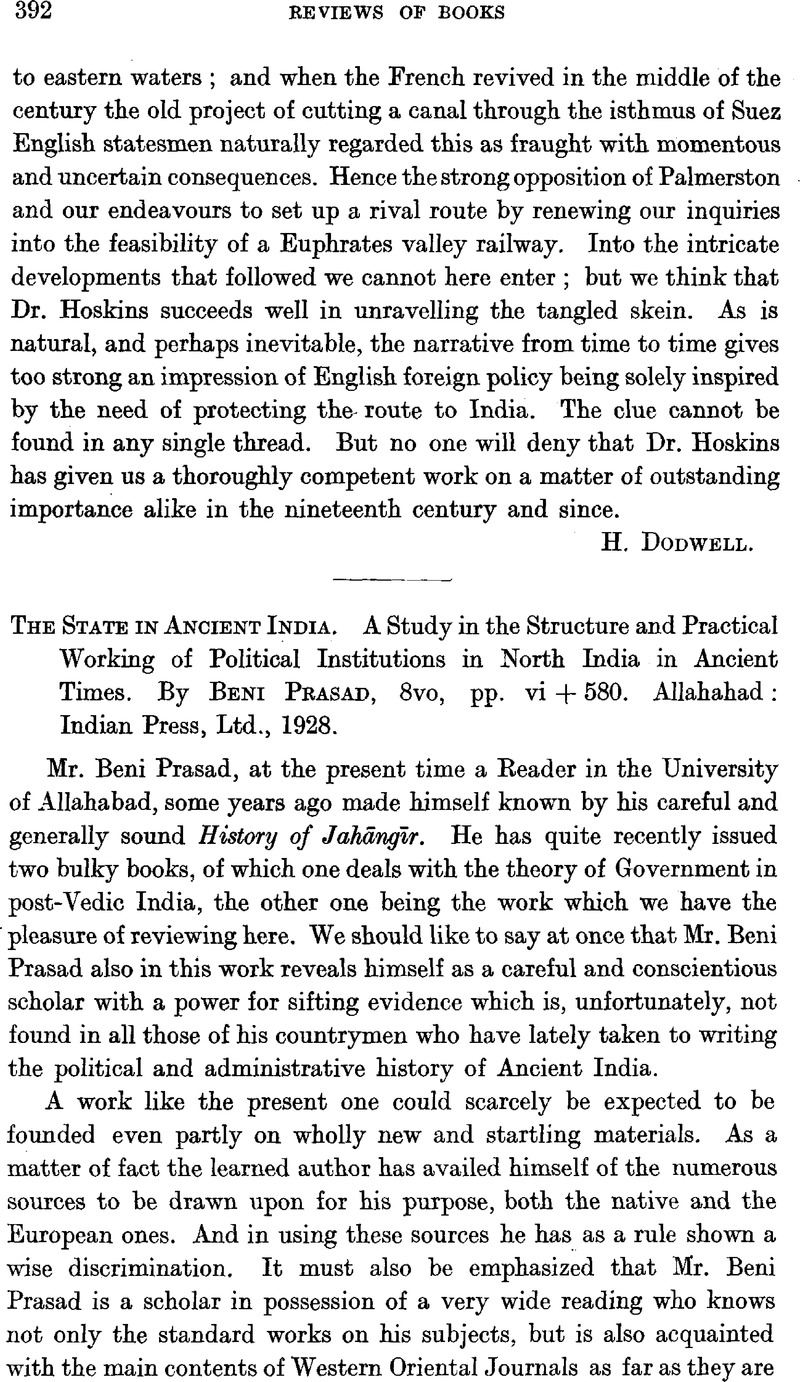No CrossRef data available.
Published online by Cambridge University Press: 24 December 2009

page 393 note 1 Cf. thisBulletin, 4, 167.Google Scholar
page 393 note 2 Mr. Beni Prasad apparently attributes iv, 42, 1, to Varuṇa, but iv, 42, 3, to Trasadasyu. According to the native tradition, iv, 42, 1–6 are the ātmastuti of Trasadasyu which is, however, impossible. Cf. my remarks in Die Suparṇasage, p. 96 sqq.
page 394 note 1 cf.Thomas, Professor, JRAS. 1914, p. 391 sq.Google Scholar, and Hultzsch, , Inscriptions of Aśoka, p. 167, n. 3.Google Scholar
page 395 note 1 cf.Lassen, , Ind. Altertumsk., 2, 185 sq.Google Scholar; CHI. 1, p. 377.Google Scholar
page 395 note 2 The counter-arguments of Professor Keith (IA. 52, 59 sq.)Google Scholar, as usual, are no arguments at all, as they simply consist in denying evidence without adducing other that proves something to the contrary. Thus, when I find in Śiśupālavadha, i, 47, an imitation of an expression in the final verse of the MudraraksasaGoogle Scholar, Professor Keith finds that Visakhadatta has instead imitated Magha, etc.